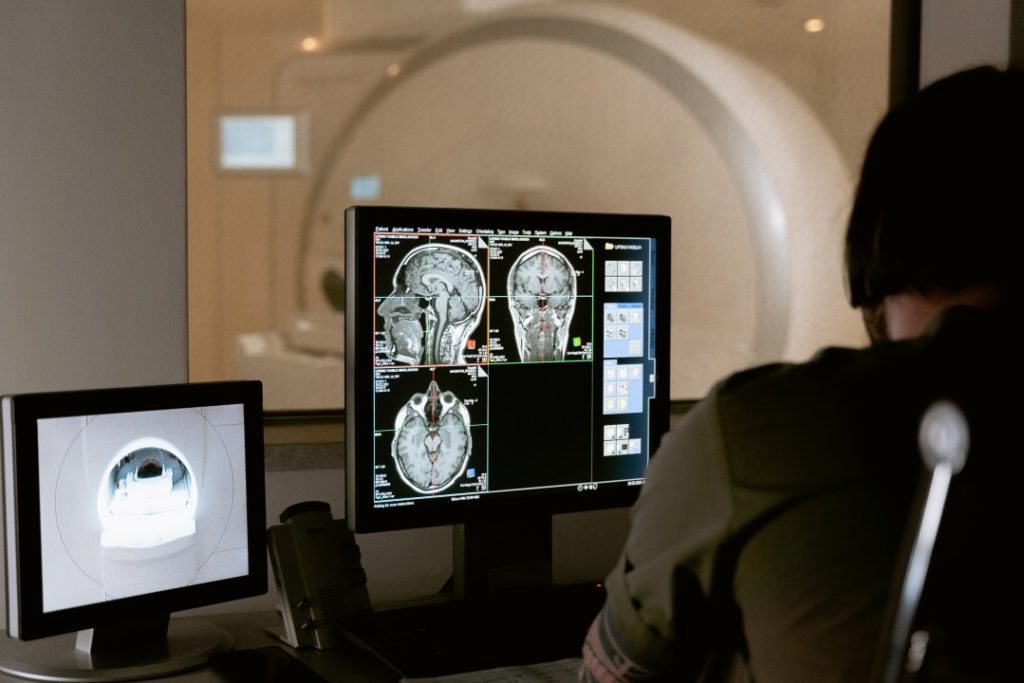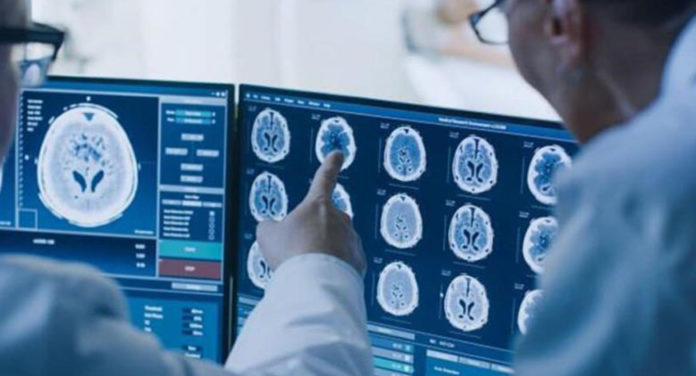In the fast-paced world of healthcare, efficient management of patient information is crucial for accurate diagnosis and treatment. One critical component of this management is the Radiology Information System (RIS). In this post, we will explore what is a RIS, its key functions, and its significance in the field of radiology. So, let’s dive in and uncover the ins and outs of this essential healthcare technology.
What is a Radiology Information System (RIS)?
A Radiology Information System (RIS) is a specialized software solution designed to manage and organize all radiology-related data within a healthcare facility. It acts as a central repository for storing, retrieving, and distributing various types of medical images and associated patient information.
What are the key functions of a Radiology Information System?
– Patient Scheduling: RIS enables the efficient scheduling of appointments for radiology procedures, ensuring optimal use of resources and minimizing patient waiting times.
– Image Storage and Retrieval: RIS securely stores and organizes radiology images, making them readily accessible to radiologists and other authorized healthcare professionals when needed for diagnosis or comparison.
– Reporting and Documentation: RIS facilitates the creation, management, and distribution of detailed radiology reports, ensuring accurate and timely communication of findings to referring physicians and other relevant parties.
– Billing and Coding: RIS integrates with billing and coding systems, automating the process of generating accurate invoices for radiology services rendered and ensuring compliance with insurance reimbursement regulations.
– Workflow Management: RIS streamlines the overall workflow of a radiology department, reducing administrative burdens, improving efficiency, and enhancing patient care.
How does a Radiology Information System benefit healthcare providers?
– Improved Efficiency: RIS automates various manual processes, reducing paperwork and streamlining workflows, thereby increasing overall productivity and efficiency for radiology departments.
– Enhanced Accuracy: By centralizing patient data and eliminating duplicate entries, RIS minimizes the chances of errors and ensures consistent and accurate reporting and documentation.
– Better Patient Care: RIS enables quick and easy access to patient records and images, allowing healthcare providers to make informed decisions and deliver timely and effective treatment.
– Regulatory Compliance: RIS helps radiology departments comply with regulatory requirements, such as HIPAA (Health Insurance Portability and Accountability Act) guidelines for patient data security and privacy.

Conclusion
In the ever-evolving field of radiology, technology plays a vital role in improving patient care and streamlining processes. The Radiology Information System (RIS) stands as a testament to the advancements made in healthcare information management. By integrating scheduling, image storage, reporting, billing, and workflow management into one comprehensive solution, RIS empowers healthcare providers to deliver accurate diagnoses, efficient treatments, and, ultimately, better patient outcomes. As technology continues to advance, we can expect RIS to evolve and adapt, further revolutionizing the field of radiology.
